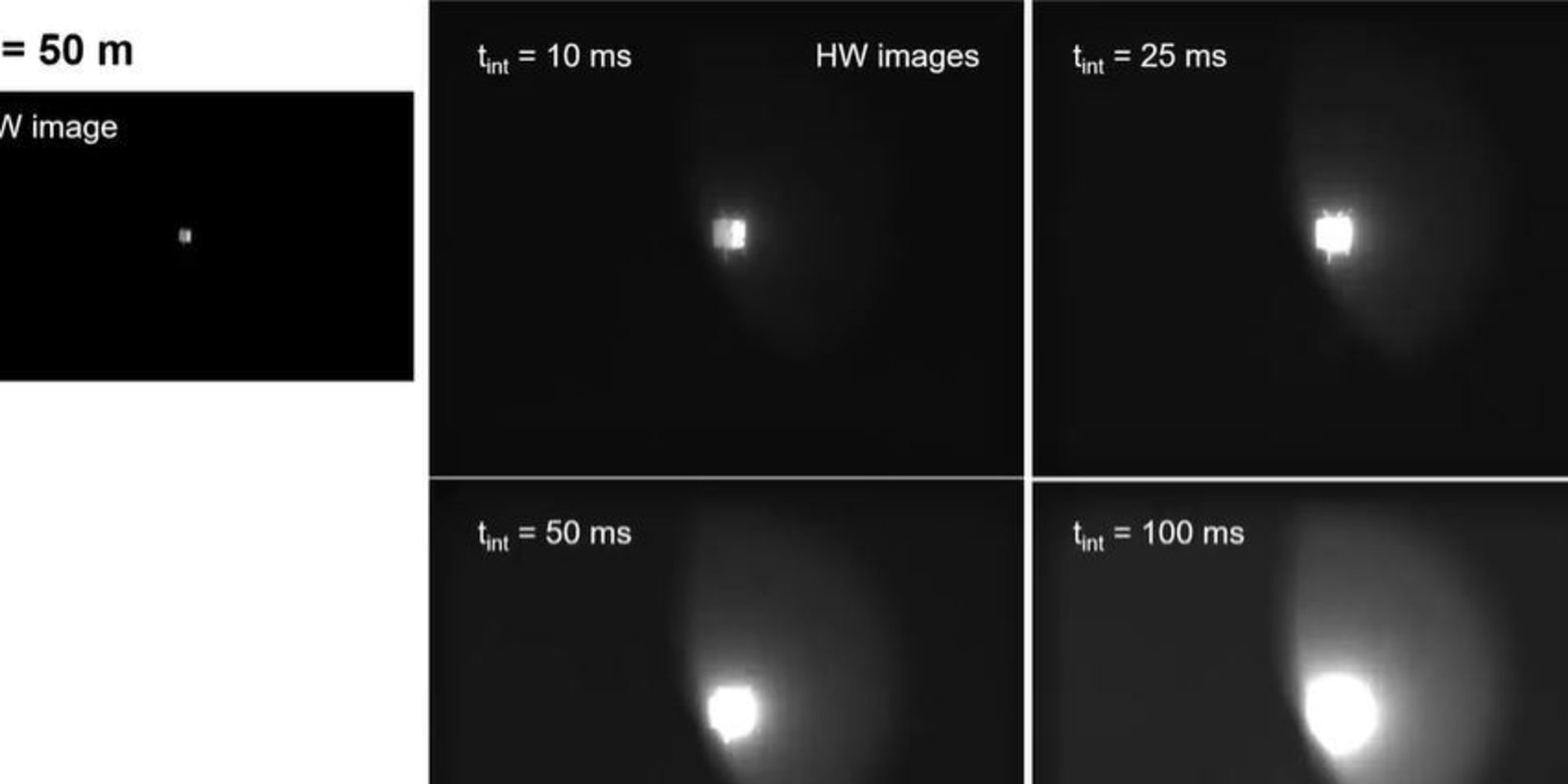Great collaboration between Space Rendezvous Laboratory and Ten One Aerospace!
On-board guidance, navigation, and control (GNC) during rendezvous and proximity operations (RPO) between spacecraft poses unique challenges for associated algorithms. Future missions will require greater on-board autonomy while maintaining in-orbit safety guarantees at varying distances, and scenarios of interest may feature multiple spacecraft which may be cooperative or noncooperative. This paper presents the conception and development of a new GNC software payload for distributed space systems, which enables safe, autonomous RPO between multiple objects with maximum flexibility and modularity. Navigation algorithms fuse far-range camera images, close-range camera images, differential carrier-phase Global Navigation Satellite System data, and inter-satellite crosslink data to estimate absolute orbits, relative orbits, target pose, and auxiliary states across the entire regime of interest. A control algorithm suite provides optimal maneuver solutions for efficient long-term formation maintenance at far range, centimeter-level rendezvous accuracy at close range, and fast, robust collision avoidance. Prototype simulations featuring cooperative and non-cooperative targets at far, medium and close ranges demonstrate highly capable GNC performance for distributed space systems, and are a significant step towards achieving complete integration of a flexible autonomous RPO kit for spacecraft.
Justin Kruger, Tommaso Guffanti, Tae Ha "Jeff" Park, Mason Murray-Cooper, Samuel Low, @Toby Bell, Simone D'Amico, Christopher Roscoe, Jason Westphal;
Adaptive End-to-End Architecture for Autonomous Spacecraft Navigation and Control During Rendezvous and Proximity Operations; 2024 AIAA SciTech Forum and Exposition, Orlando, Florida, January 8-12, 2024.
Download the pre-print here.
Also check out this video showing hardware-in-the-loop images collected by a star-tracker (far-range camera) during approaches to a target spacecraft in orbit using different integration times stimulated by the Optical Stimulator of the Stanford Space Rendezvous Lab.


